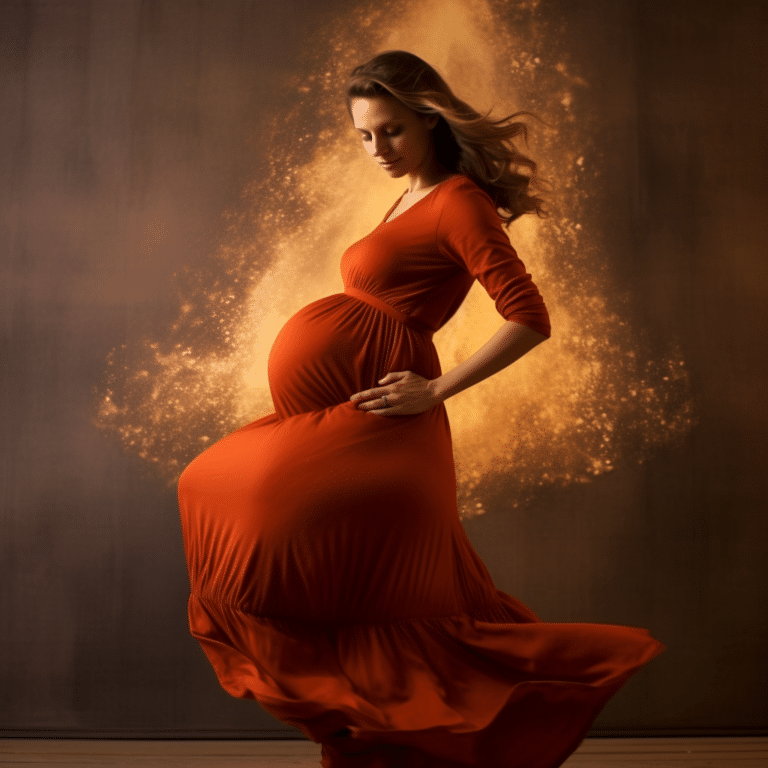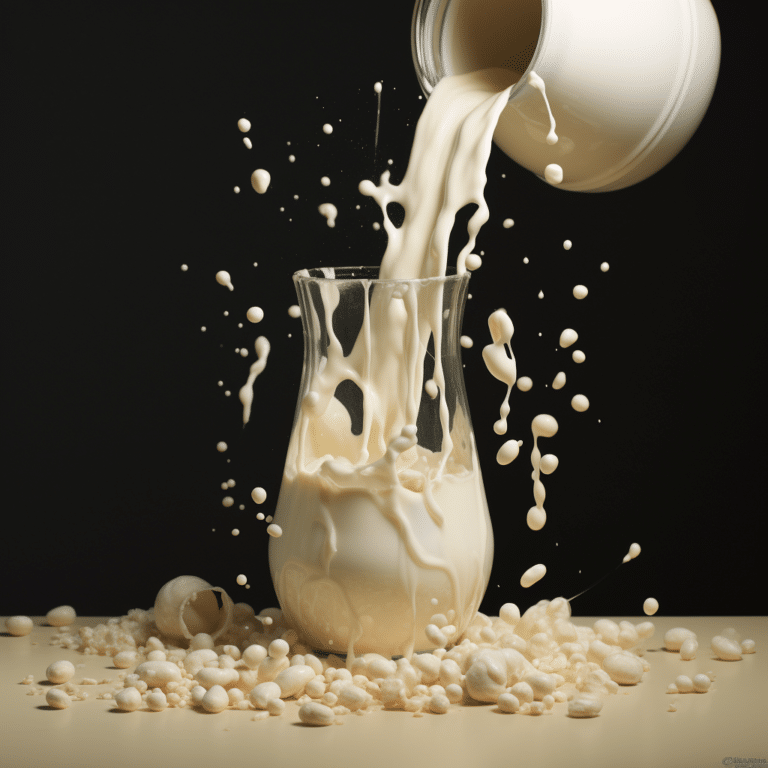How to Sterilize MAM Pacifiers: A Comprehensive Guide
With parenthood comes many wonderful things, like the amazing joy of watching another human grow right before your eyes. But do you know what else comes with being a parent? Cleaning, and lots of it. Hundred of small soiled clothes and bibs, diaper blowouts, not forgetting baby gears. Then there are pacifiers which babies tend to stick to all the time.
If you have MAM pacifiers, you may wonder how to sterilize them. Do you sterilize them as any pacifier? Or are there special considerations? Read on to learn more about sterilizing MAM pacifiers.
How To Sterilize MAM Pacifiers?
According to MAM manufacturers, you can sterilize these pacifiers using the following methods:
Using Boiling Water
Boiling pacifiers in a pot of water for a few minutes can destroy most germs. Start by pressing the air out of the teat and bring water to a boil. Place the pacifier in the boiling water using tongs, ensuring the water covers it, and let it stay there for five minutes.
If you can, dedicate one pot specifically for boiling pacifiers which you’ll be using anytime you want to sterilize pacifiers. Keep checking the water level when boiling, so the plastic doesn’t burn on the pot.
Remember, you have to boil the pacifier and not pour boiling water. Doing so will not work as most germs will not be killed because the heat will not last long enough.
Steam/Vaporizer
Sterilization using steam is another effective method of killing bacteria and microbes. Here, you can use microwaveable sterilization containers or devices designed to sterilize pacifiers and bottles using steam.
For the microwave, place the pacifier in a microwaveable sterilization container and place it in the microwave for 2-3 minutes. Remove it from the microwave and place it on a clean dry surface to cool. Note that you first need to establish whether the pacifier is microwaveable before proceeding.
Practical Pacifier Boxes
Some pacifiers, like MAM pacifiers, are sold in special boxes that you can use for sterilization in the microwave. These boxes can sterilize pacifiers in less than one minute, removing 99.9% of all harmful germs, although they are advised to use pre-cleaned pacifiers.
Different sterilization boxes have various influences on carbon dioxide footprint. The MAM sterilizing and transport box, for example, reduces your carbon dioxide emissions by up to 77% and saves energy.
Chemical Sterilization Solutions
You can also use chemical solutions to sterilize MAM pacifiers. This usually involves dissolving tablets in boiled water and immersing the objects to be sterilized in the solution. Then you bathe them there for a specified period, depending on the manufacturer’s instructions.
When Do You Need To Sterilize Pacifiers
If you use MAM pacifiers, you’d want to sterilize them before their first use and regularly afterwards, just like any other pacifier. However, it’s not necessary to sterilize them after each use. So, how often should you clean the pacifiers after the first cleaning?
You can clean the pacifiers daily by running them through a regular cycle in the dishwasher – remember to confirm from the package if they are dishwasher safe. You can also wash the pacifier in warm soapy water.
If you are washing the pacifiers in the dishwasher, you’ll need to place them in special baskets on the top rack so that they don’t fall through to the bottom of the dishwasher as they’re very tiny. If handwashing, air dry them and ensure they’re dried before putting them away.
Besides daily cleaning, you need to sterilize your child’s pacifier regularly. You can decide on the schedule you are comfortable with, whether it’s weekly, every other week, or monthly. But aim to sterilize them at least once a month.
Moreover, it’s advisable to sterilize pacifiers after your little one has been sick, or if you or other family members have been ill. You also need to sterilize your child’s pacifier if another child has used it.
Should You Suck On Your Baby’s Pacifier To Clean It?
There’s this old technique where people advise parents to pop their kid’s pacifier into their mouth to clean it. This spit-clean method is popular but not recommended by scientists.
Dr. Sherman advises against the idea that even if you feel healthy, you never know if you are carrying germs. And sucking on your baby’s pacifier can spread microorganisms, putting your child at risk.
Some studies report that as long as the pacifier is not identifiably dirty, a parent sucking on it can reduce their risk of allergy. Some past studies also suggest that exposing babies to germs through your saliva may strengthen their immune systems.
However, the evidence backing this advice is far from solid. Dr. Sherman further says that kids don’t need help getting dirty. That’s because they will get plenty of exposure to microorganisms that will aid build their immune systems all on their own.
For infants, your goal should be to help them avoid germs as long as possible. And while you don’t have to keep them in a bubble, you should try your best to prevent them from becoming sick. This is especially more crucial if they’re below two months, as they don’t have much of an immune system.
You don’t have to panic if your child grabs their dropped pacifier and returns it to their mouth before you could clean it. Praise them for their new reaching-and-grasping skills, then move on. Chances are it won’t affect them, provided they’re healthy. But try whenever you can to rinse the pacifier quickly with water and soap to be safe.
Conclusion
Sterilizing your kid’s pacifiers before use is crucial in ensuring they are free from germs and microbes. Regarding sterilizing pacifiers, there are various methods of sterilizing MAM pacifiers.
Boiling these pacifiers is the most common one, it’s easy, quick, and ensures it destroys most germs. You can also sterilize MAM pacifiers using the sterilizing box that ensures 99.9% of all harmful germs are destroyed, reduces carbon dioxide emissions, and saves energy.
Moreover, you can use microwaveable sterilizing containers and place them in the microwave for a few minutes. Lastly, you can use chemical solutions which you dissolve in water and bathe the pacifiers to sterilize them.






